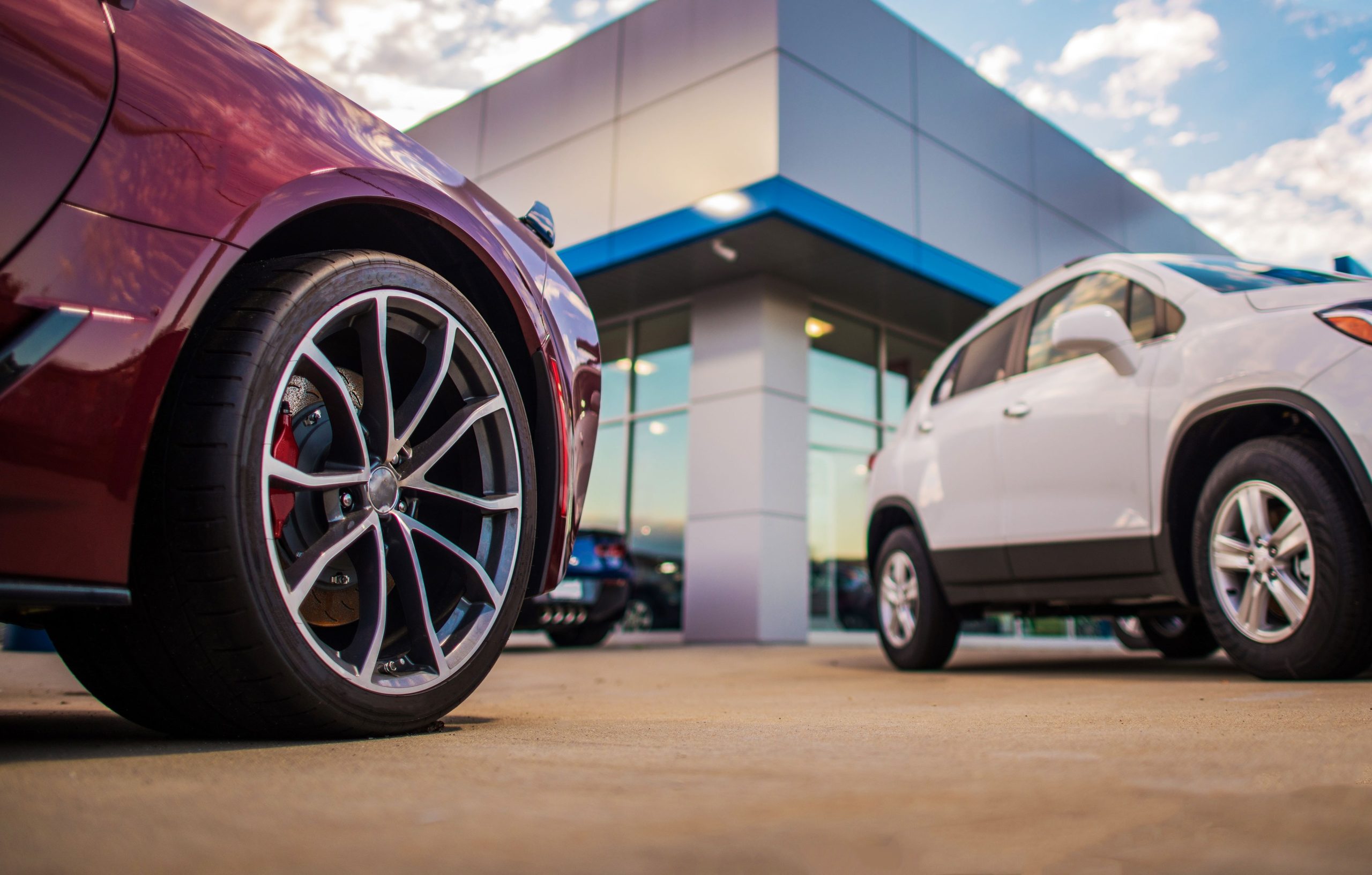To save the planet and remain energy independent, the United States and other leading industrial nations must dramatically increase the production and use of renewable energy sources. A growing but still relatively small number of people have moved to power their homes with solar energy. Still, most of us dismiss the idea because we assume it’s too expensive.
But new technologies have reduced the cost of going solar. Is now the time for you to consider it?
Interest in “going solar” is being spurred by generous tax credits now offered by federal and state tax authorities. There are also rebates from utilities in many states, including New Jersey and Delaware.
Solar energy is growing by about 33 percent annually in the U.S., and it now powers 24 million homes, according to the Solar Energy Industries Association. Even so, it contributed just 4 percent of the nation’s electricity last year. But the Energy Department estimates that solar could represent ten times as much by 2035.
In deciding whether you should make the move, there are three basic considerations: the cost, the environmental impact, and your potential need for emergency backup if the electricity grid goes down. It’s a matter of both dollars and sense!
How Many Dollars Are We Talking About?
No simple mathematical formula allows everyone to plug in a few numbers and say, “yes, I can afford that,” or “no, that doesn’t make sense for me.”
To begin with, the price for a newly installed solar array varies widely based on the size of the system and the contractor you choose. A Philadelphia Inquirer report recently found the price for a similar modestly sized 5.0-kilowatt system varied dramatically – from $11,750 to $23,900. That shouts, “buyer beware.”
You will want multiple bids, vet your contractor, and ensure you get an inclusive, written warranty – preferably for ten years.
You can finance your installation using a home equity line of credit or loans from the project company. This will lower the upfront cost, even though this option will eventually cost you more after paying interest on the loans.
Tax Incentives Are a Big Deal
The upfront is only part of the calculation. Next, figure out how much you can save in taxes. The Inflation Reduction Act of 2022 offers generous tax credits. You can claim 30% of the project’s cost as a tax credit, and remember that a tax credit is much more valuable than a deduction; it provides a dollar-for-dollar reduction in the amount of tax you would otherwise owe.
Almost every state and electric utility company also offers credits, rebates, and other incentives.
The credit from the IRS can be used through 2034. The credit does not have to be used all at once, but the percentage of the credit goes down over the next decade. (The Inflation Reduction Act also offers tax credits for electric vehicles, energy-efficient appliances, heat pumps, insulation, and other energy-saving purchases.) There are income limits on some of the rebates.
Long Term Savings
The final calculation is to figure out how much you’ll save on your energy bill. These savings may not be as dramatic, but they add up over time. That’s more of a guesstimate than a firm number because of all the variables involved, including weather, the size of your system, and other factors.
In general, it should take a mid-Atlantic area homeowner 7-to-10 years to recoup all of their investment. After that, you are in the black and making money on the original investment.
Of course, solar panels need the sun. Experts advise that you need four or more hours of peak sun on your roof daily to make the installation worthwhile. The solar panels store energy on cloudy days, but not as efficiently as when the sun shines bright.
Environmental Benefits
Solar energy is a clean and renewable energy source, and solar panels will enable you to reduce your carbon footprint and dependence on non-renewable sources.
A key part of solar’s long-term success and acceptance is the ability to store power in batteries – not the kind you buy at Target. Those batteries can be fairly expensive, but it’s an area of continuing research and development by the industry, and the trend is for prices to continue to decline. They also qualify for the 30 percent tax credit.
Energy Independence
Solar panels can provide a source of energy during power outages and other disruptions to the energy grid, which could become more frequent due to the impacts of climate change.
Several hurricanes and other natural disasters in recent years have knocked out power to hundreds of thousands of people for days or weeks at a time. However, homeowners with solar systems have been able to keep the lights (and the refrigerator) on.
You may not have enough power to keep everything running, but you can keep the essentials going, including charging your phone and having enough power to keep some life-saving medical equipment running. Batteries that charge from solar panels can provide a reliable and rechargeable source of electricity when the grid is down.
Other Things to Know
- Don’t put solar panels on an older roof. If you need to replace the roof shingles in a few years, the solar panels will complicate the process and add to the cost.
- Be wary of overly optimistic sales pitches about how much your energy bills will decrease.
- Solar panels require regular maintenance, which will add to the overall cost.
- Solar panel makers are spending billions of dollars to ramp up production and build new domestic plants, but there is still a shortage of products, so you may need a long lead time before your project is completed. Right now, China controls about 80 percent of the global supply chain.
The bottom line is that replacing fossil fuel sources in your home can benefit your budget and the environment if you make informed decisions at the outset.



